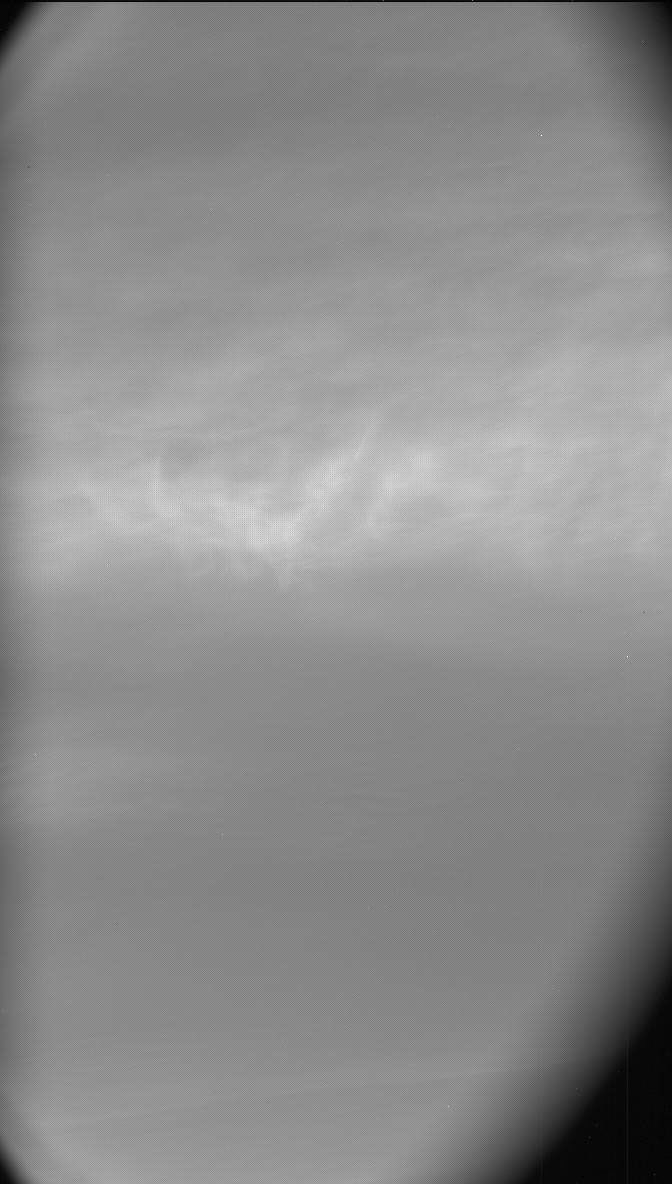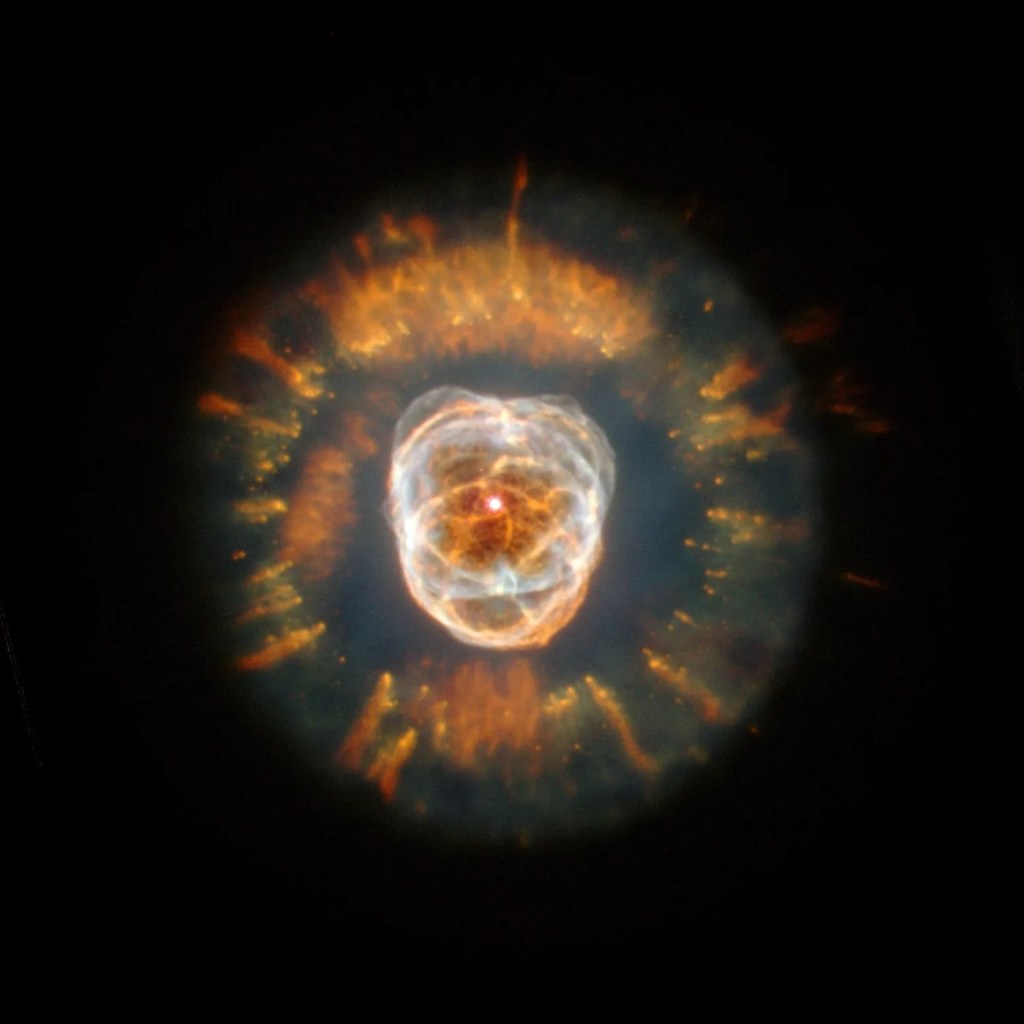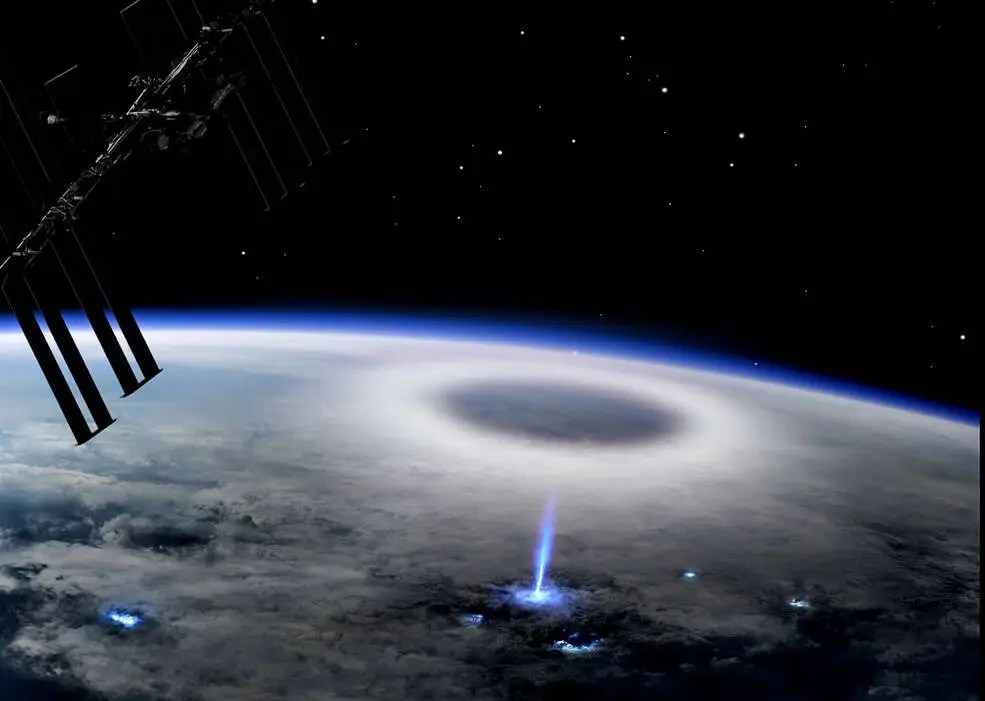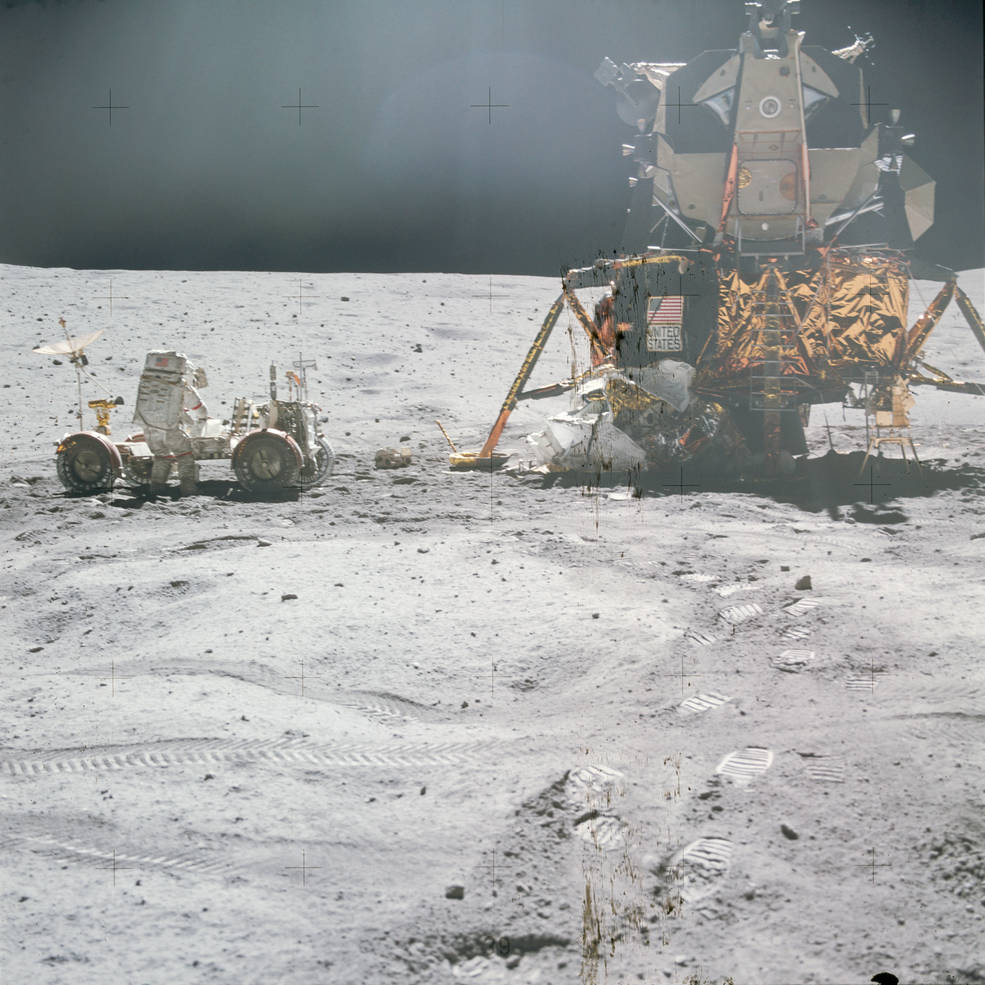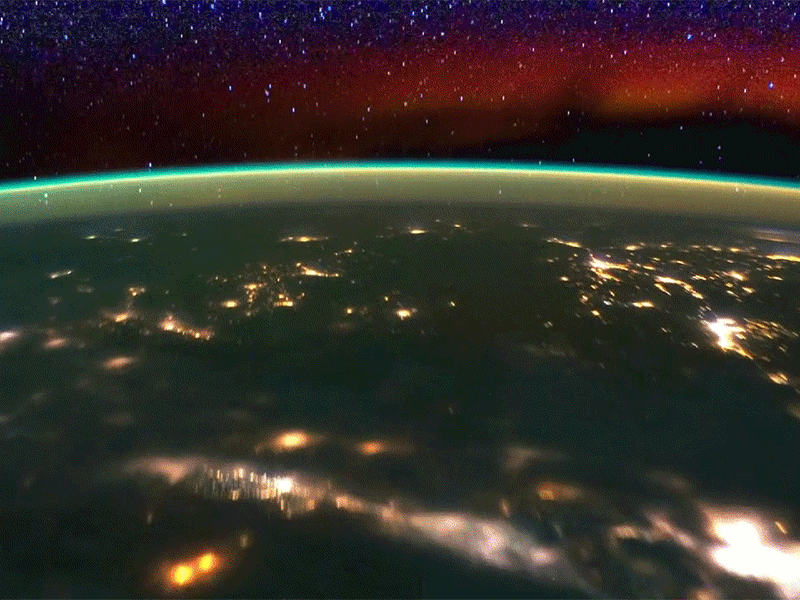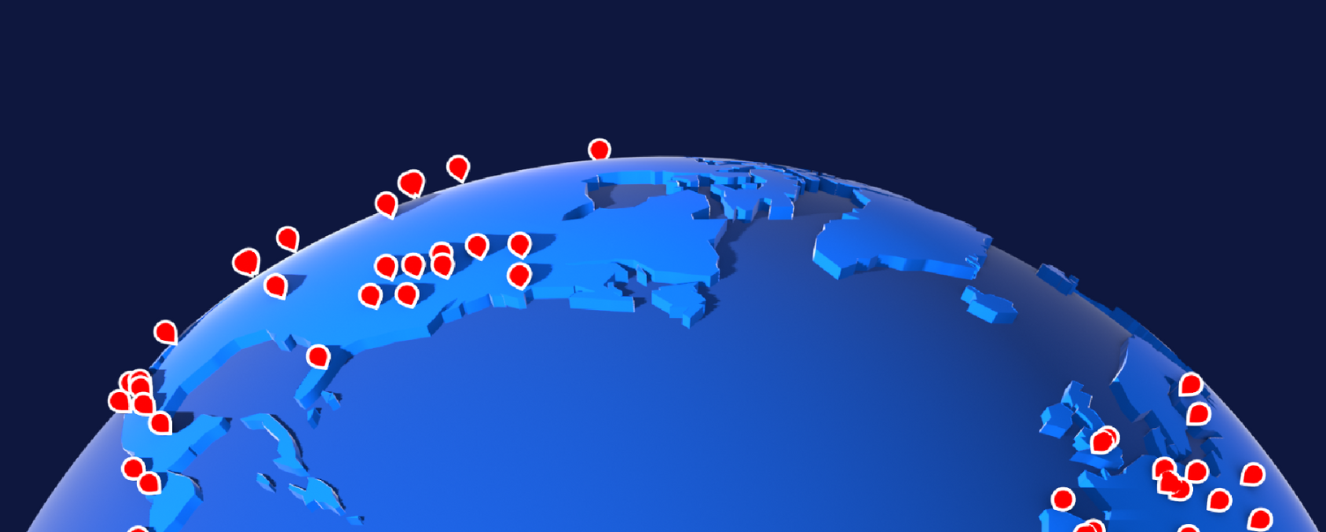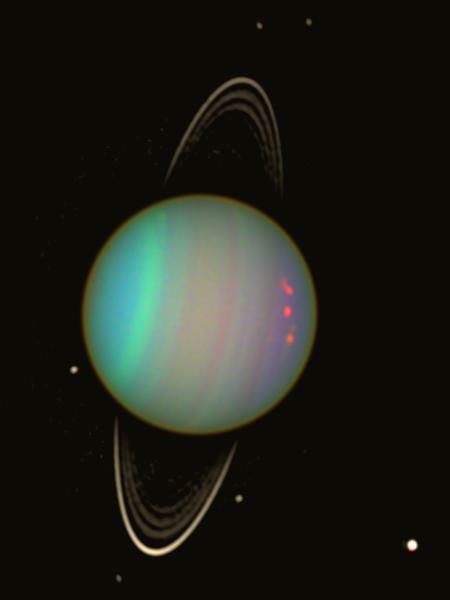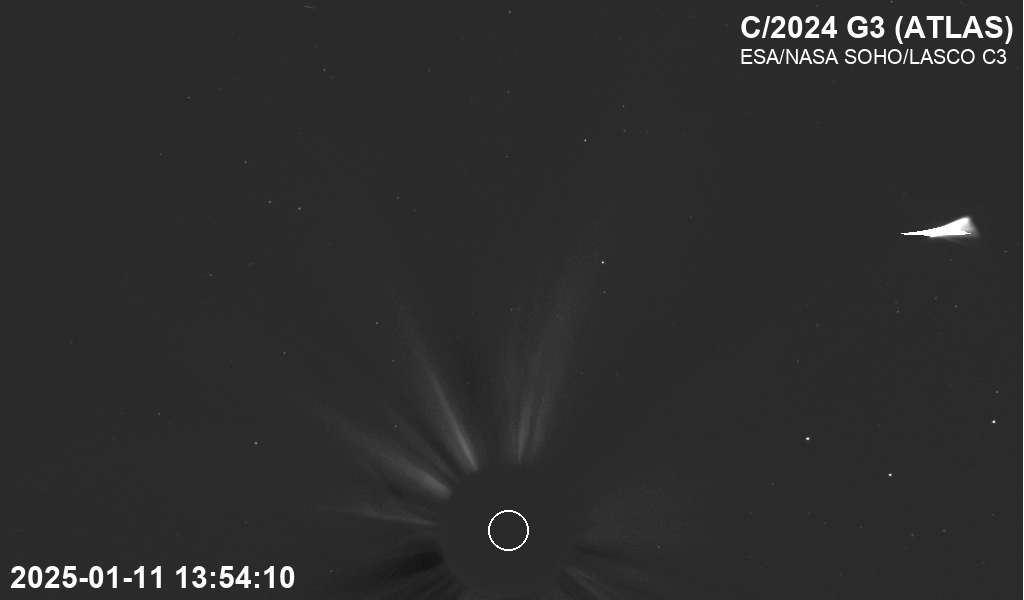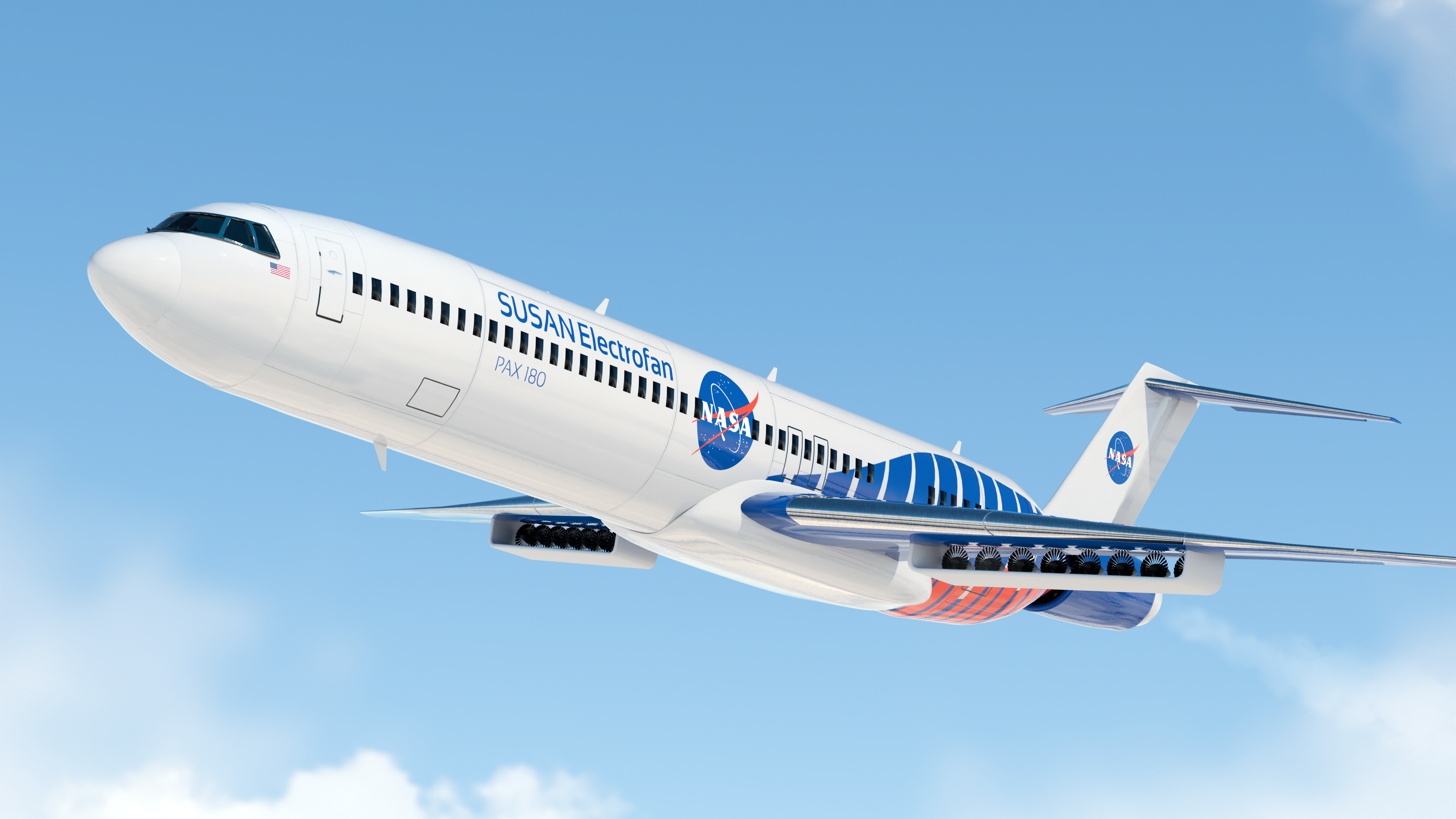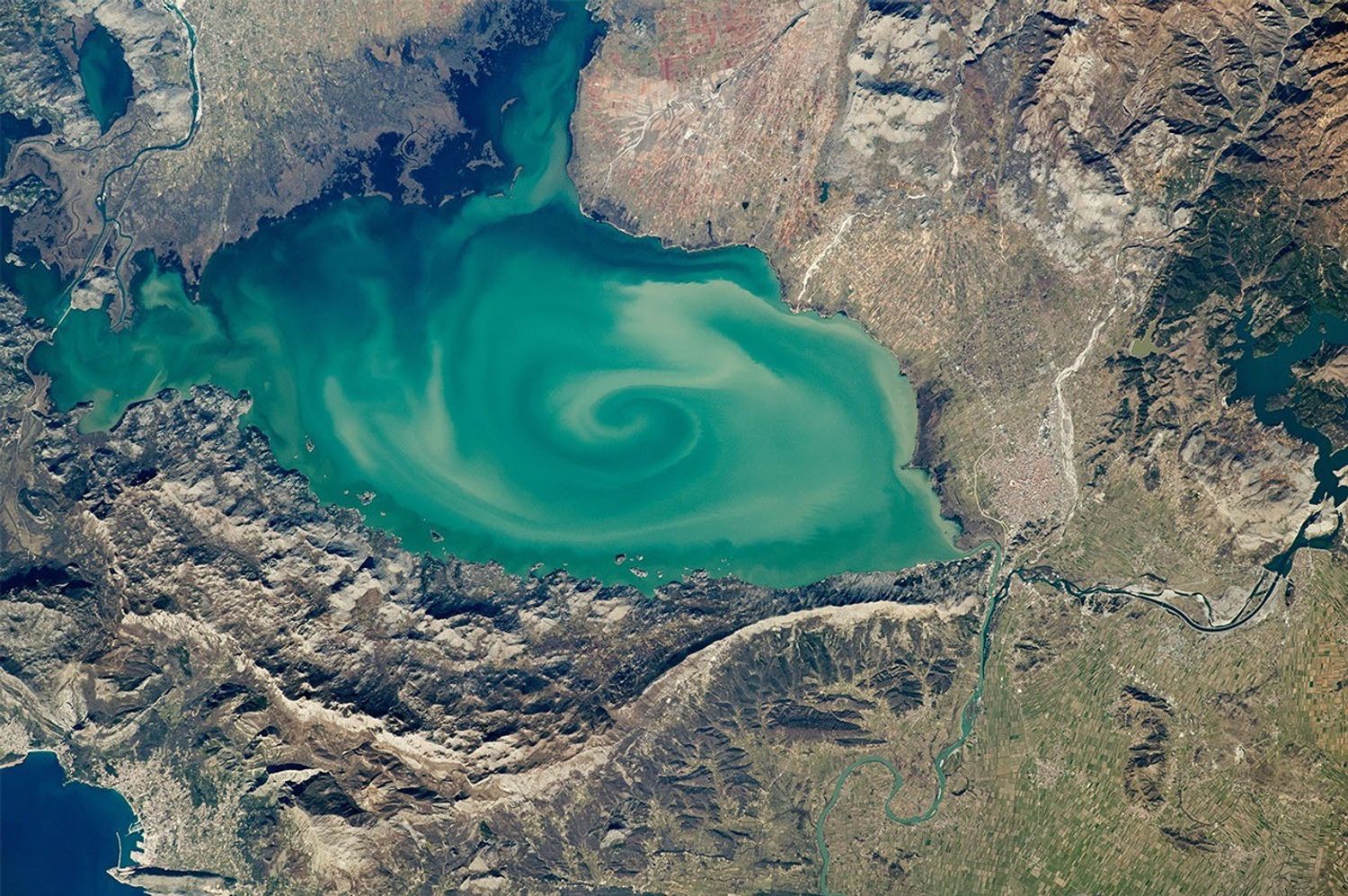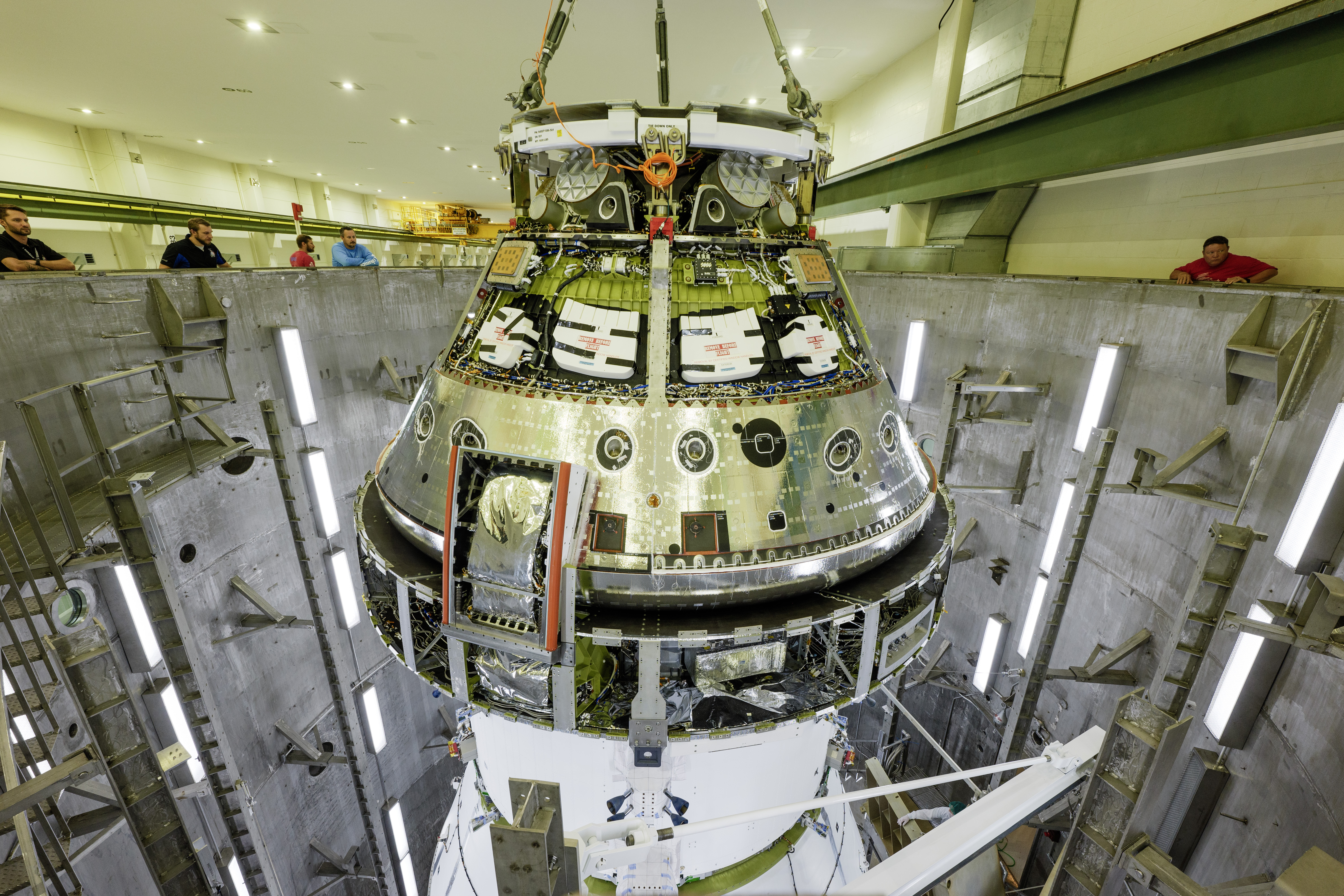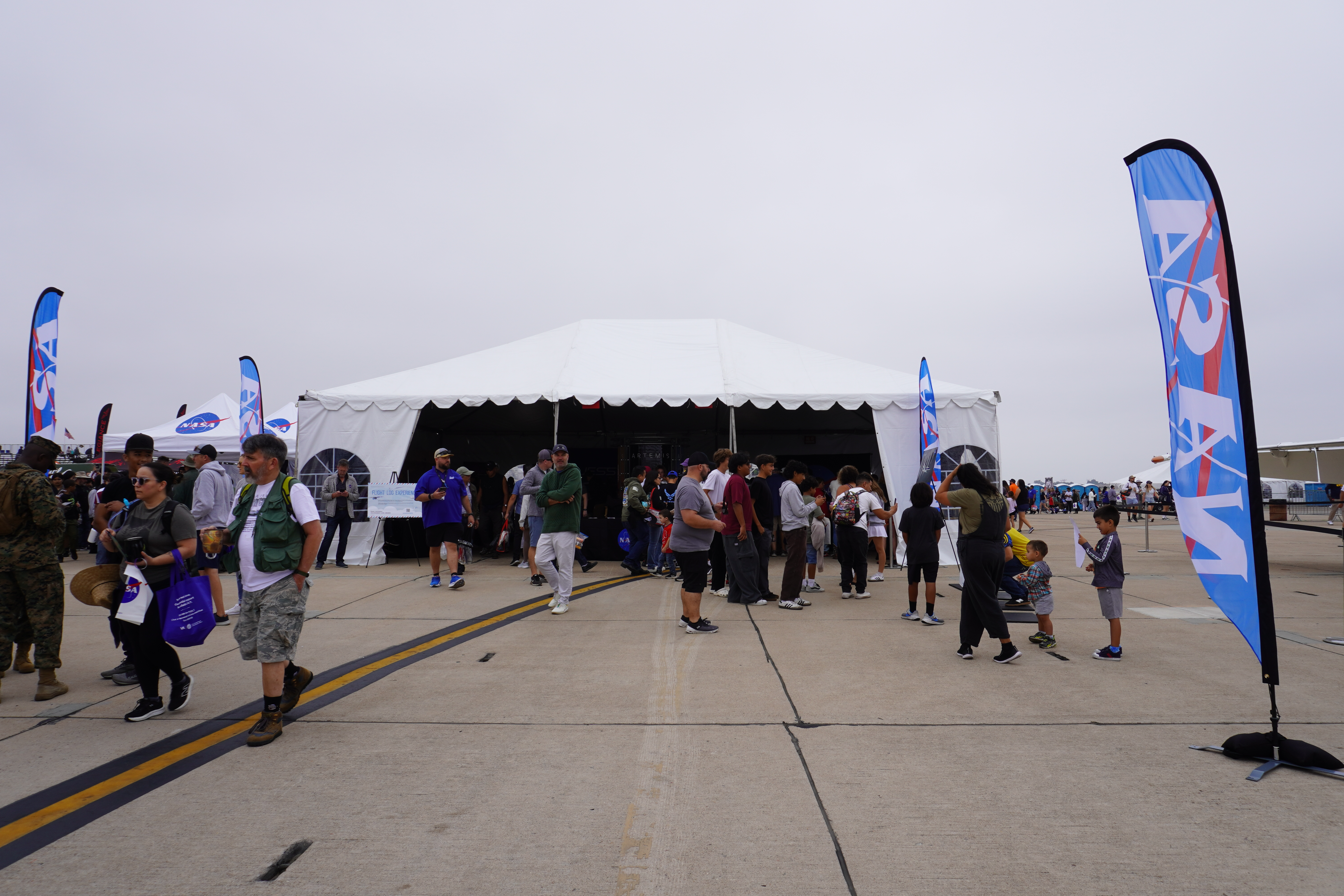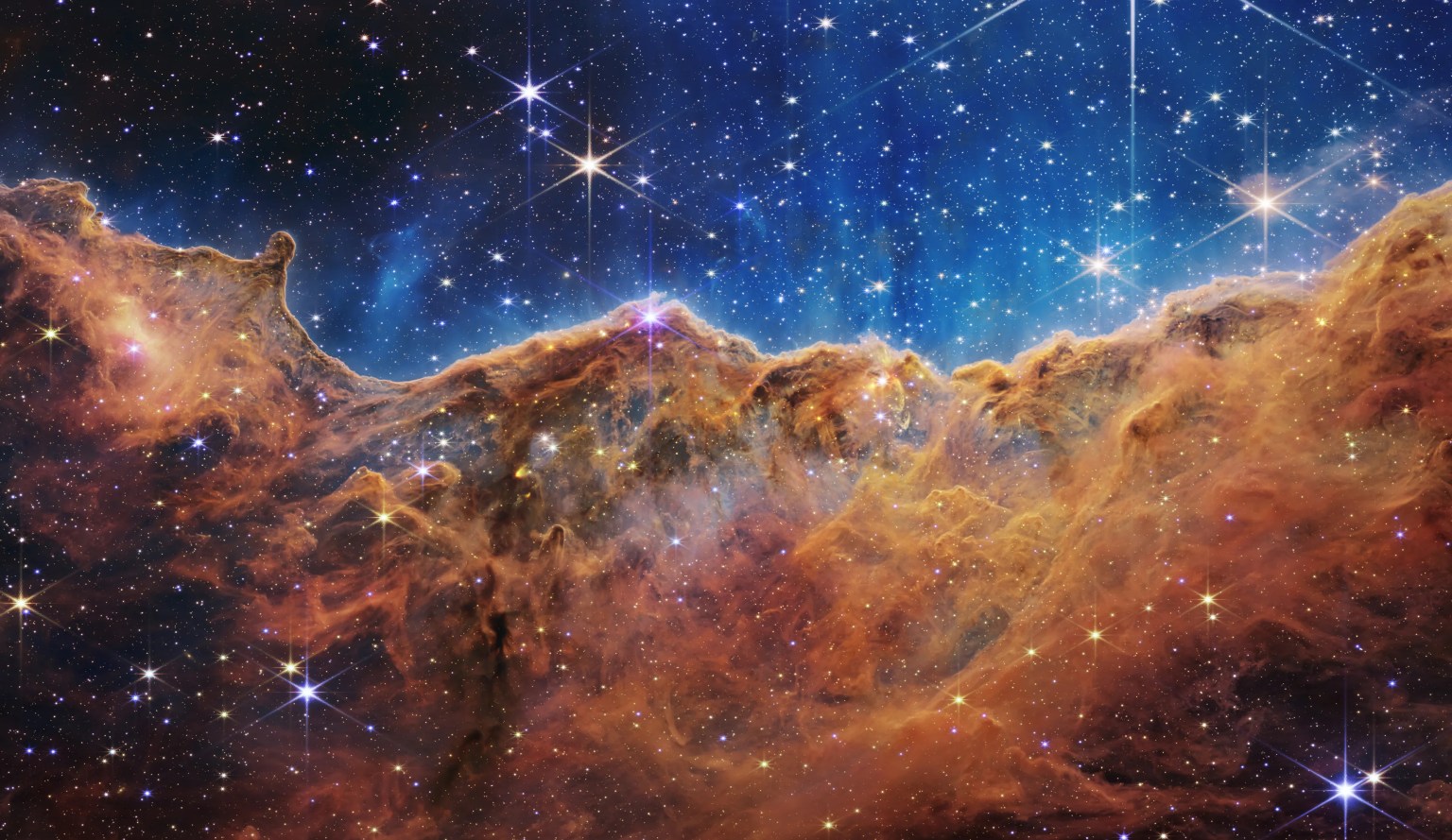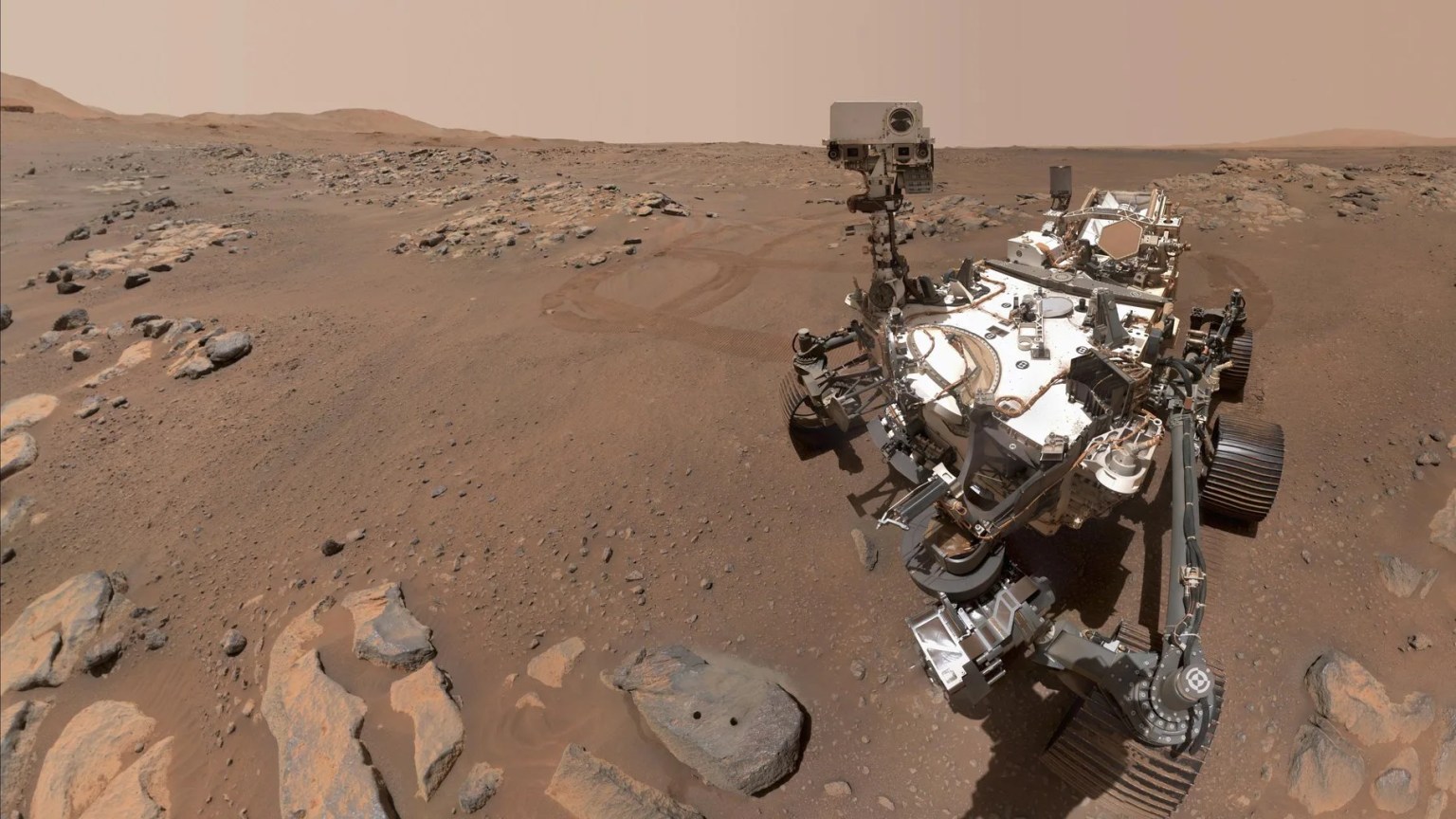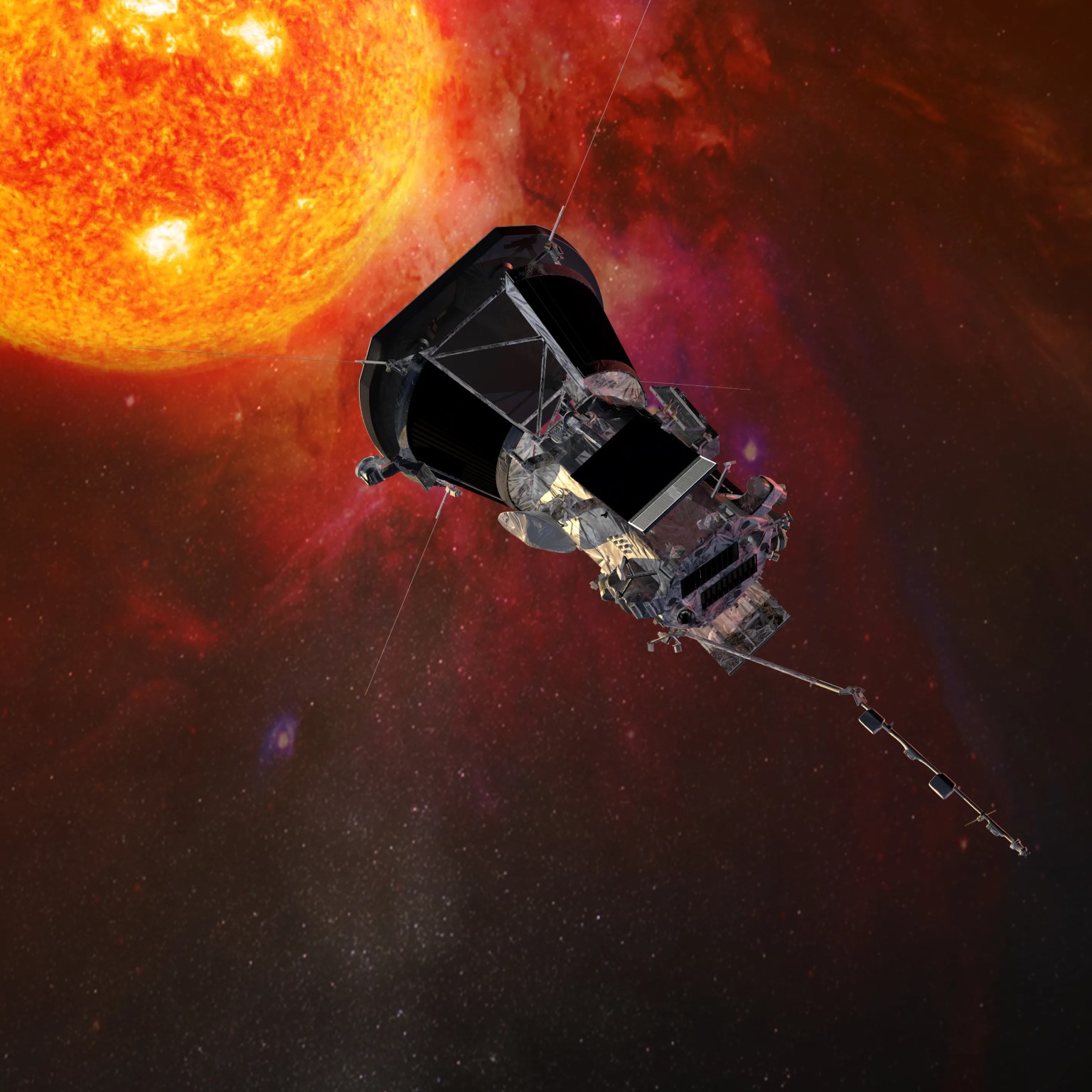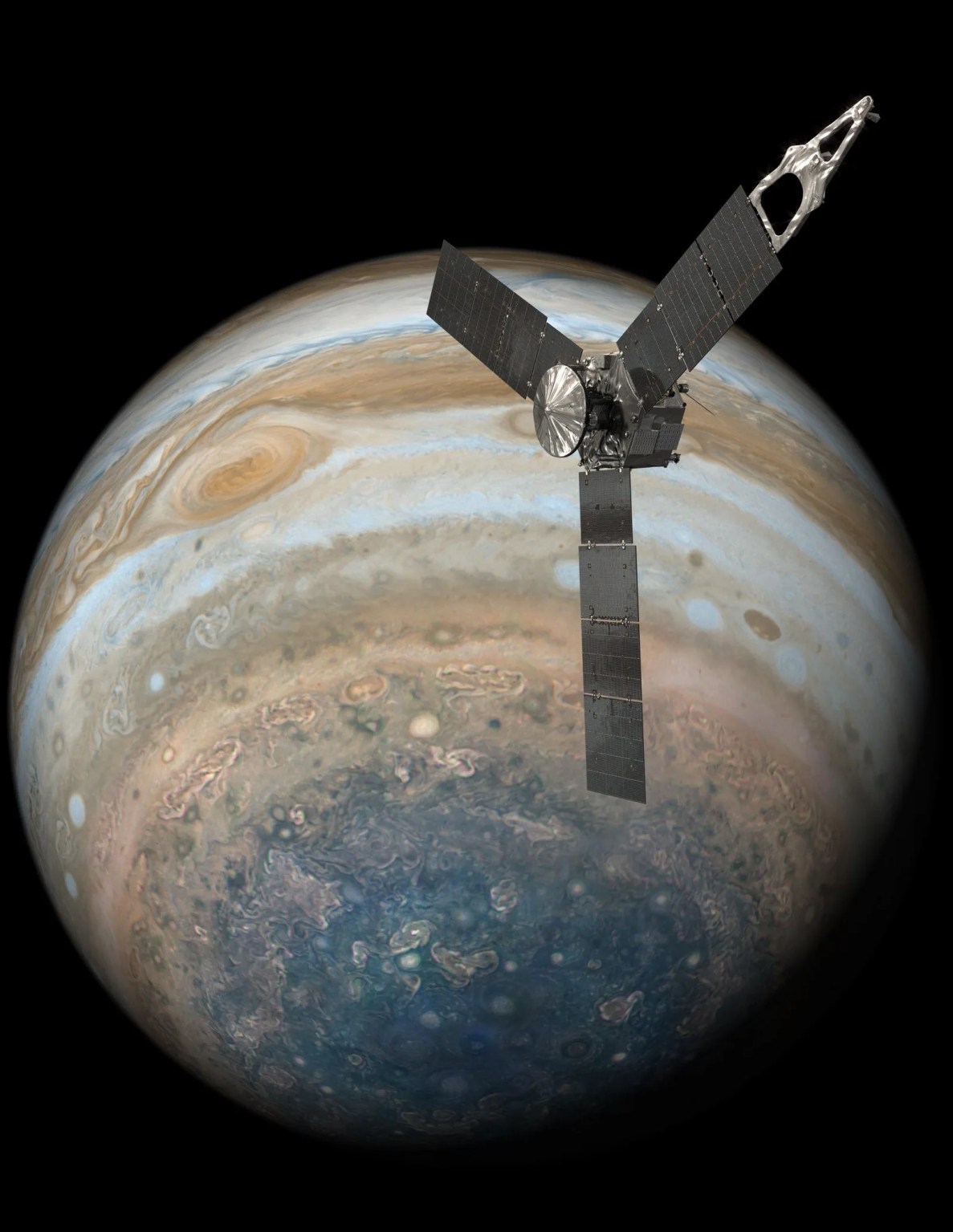Science News
Stay up-to-date with the latest content from NASA as we explore the universe and discover more about our home planet.
Filters
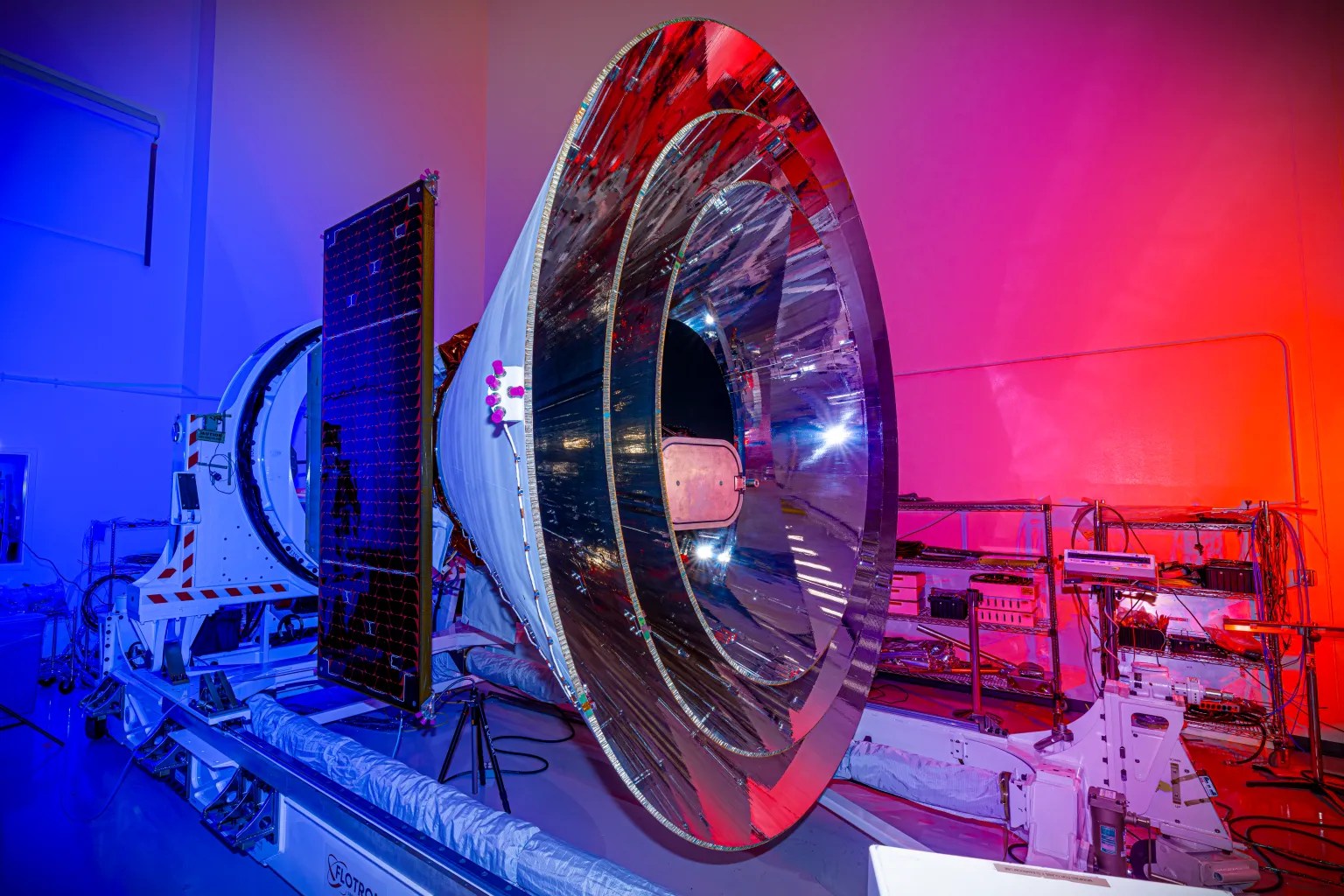
NASA will host a news conference at 12 p.m. EST Friday, Jan. 31, to discuss a new telescope that will improve our understanding of how the universe evolved and search for key ingredients for life in our galaxy. Agency experts…
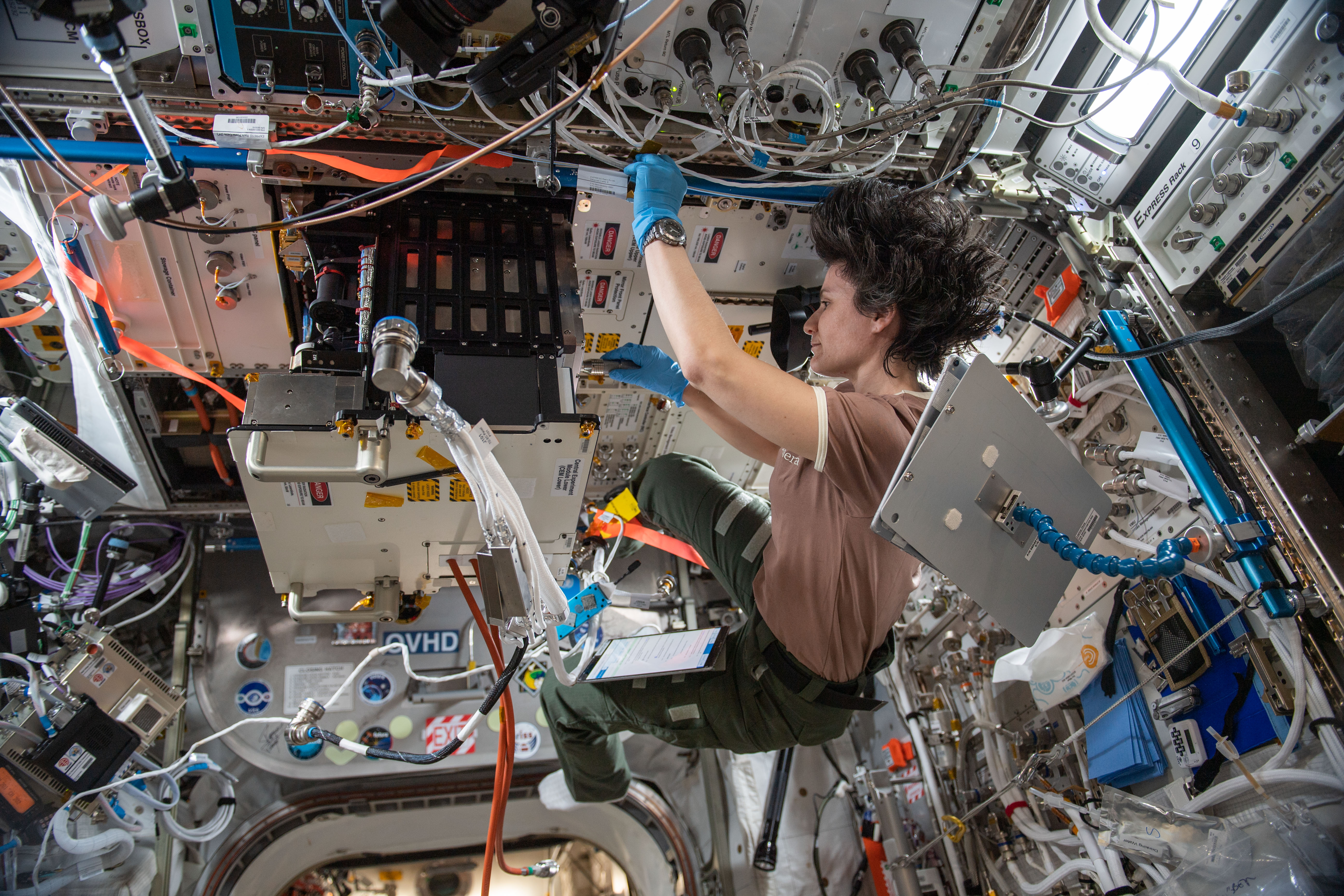
Reducing reliance on resupply missions Resupply of life support elements such as air, water, food, clothing, and hygiene items will be impractical on missions to the Moon and beyond. This research assessed current use and resupply of these elements on…

Media are invited to visit NASA’s Michoud Assembly Facility in New Orleans between Tuesday, Feb. 4, and Thursday, Feb. 6, ahead of Super Bowl LIX for an inside look at America’s rocket factory, as well as interview agency experts. During…

For the second time, Intuitive Machines will launch a lunar lander to deliver NASA technology demonstrations and science investigations to the Moon for the benefit of all. Media accreditation is open for the IM-2 launch, part of NASA’s CLPS (Commercial…

NASA will brief media at 11 a.m. EST Wednesday, Jan. 29, to provide an update on science results from NASA’s OSIRIS-REx (Origins, Spectral Interpretation, Resource Identification, and Security – Regolith Explorer) mission, which delivered a sample of asteroid Bennu to…
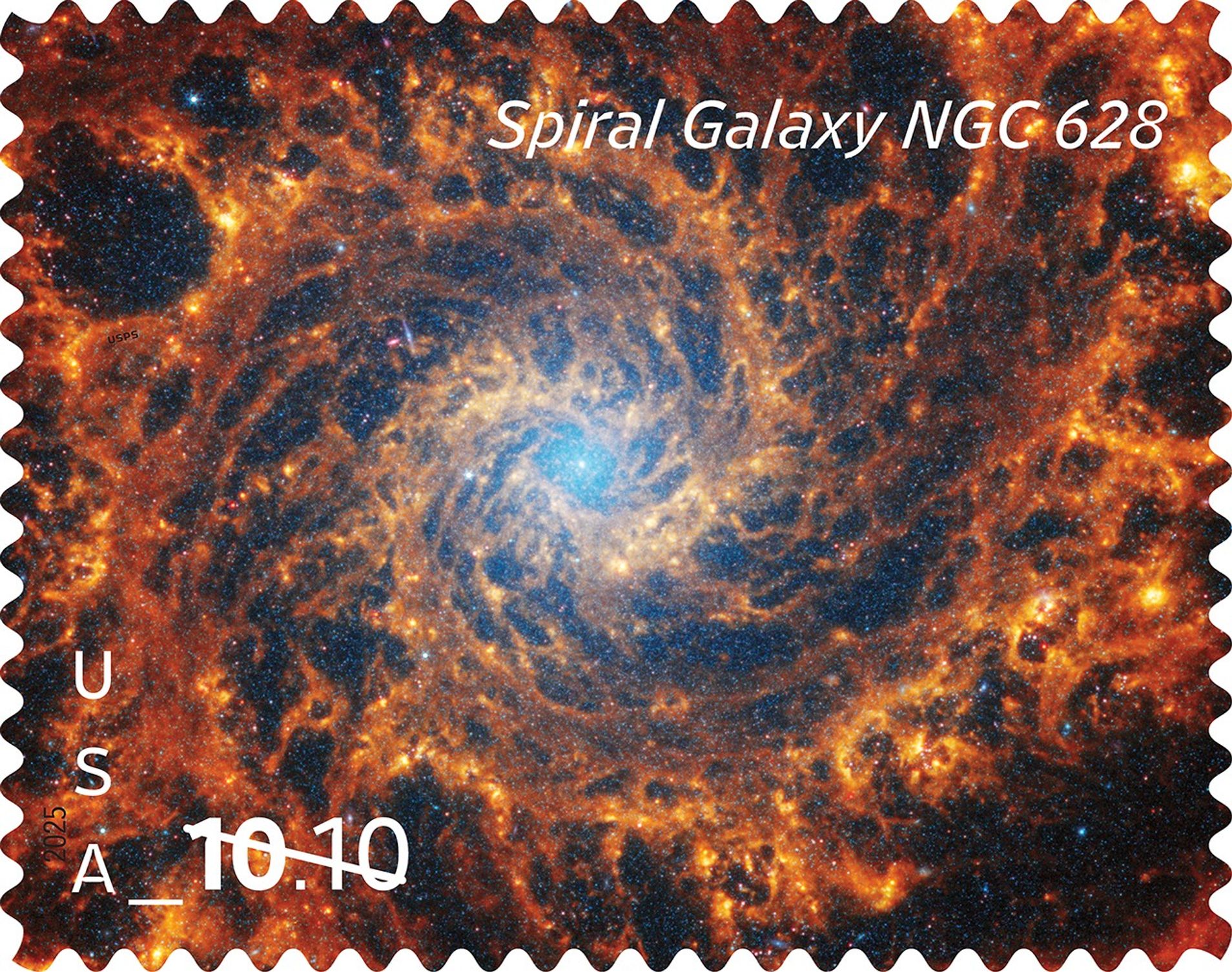
The U.S. Postal Service has issued two new stamps featuring iconic images from NASA’s James Webb Space Telescope. The stamps, issued Jan. 21, highlight a galaxy and a star cluster captured by Webb’s powerful infrared view of the universe. Webb…

NASA Space Technology has big travel plans for 2025, starting with a trip to the near side of the Moon! Among ten groundbreaking NASA science and technology demonstrations, two technologies are on a ride to survey lunar regolith – also…

Jan. 24, 2025 NASA’s NICER Continues Science Operations Post Repair NASA crew aboard the International Space Station installed patches to the agency’s NICER (Neutron star Interior Composition Explorer) mission during a spacewalk on Jan. 16. NICER, an X-ray telescope perched…
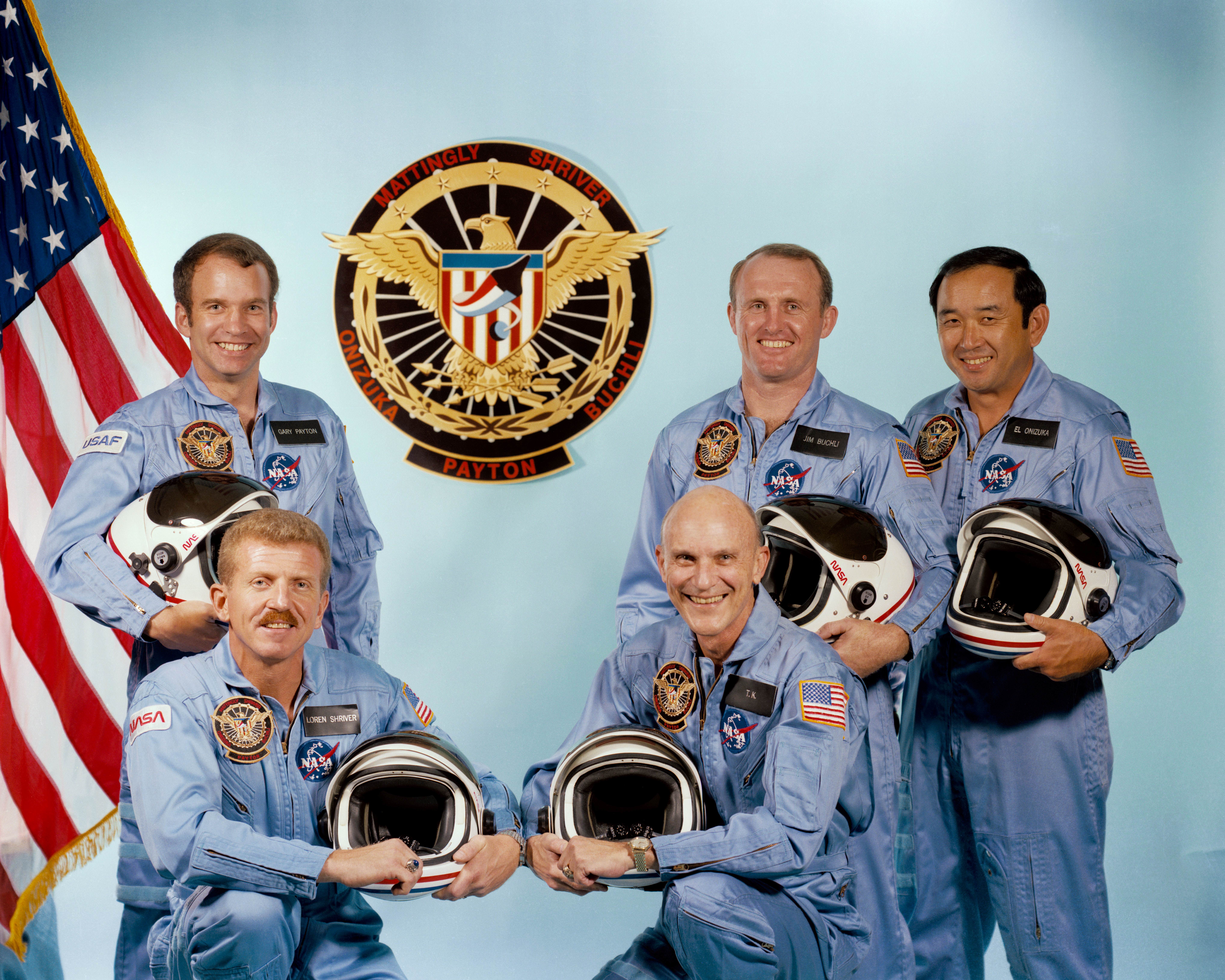
On Jan. 24, 1985, space shuttle Discovery took off from NASA’s Kennedy Space Center (KSC) in Florida on STS-51C, the first space shuttle mission entirely dedicated to the Department of Defense (DOD). As such, many of the details of the…
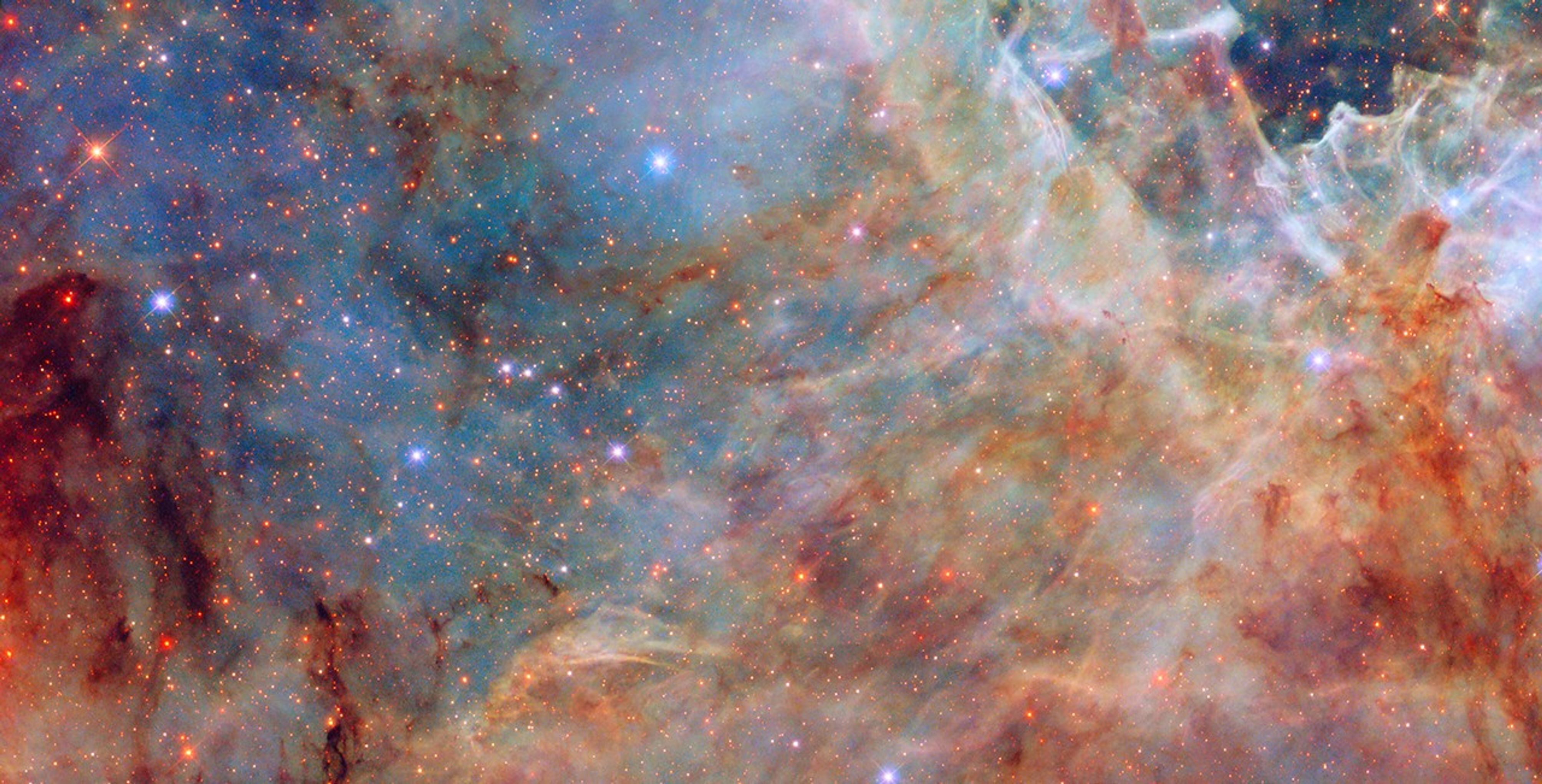
This NASA/ESA Hubble Space Telescope image features a dusty yet sparkling scene from one of the Milky Way’s satellite galaxies, the Large Magellanic Cloud. The Large Magellanic Cloud is a dwarf galaxy situated about 160,000 light-years away in the constellations…

